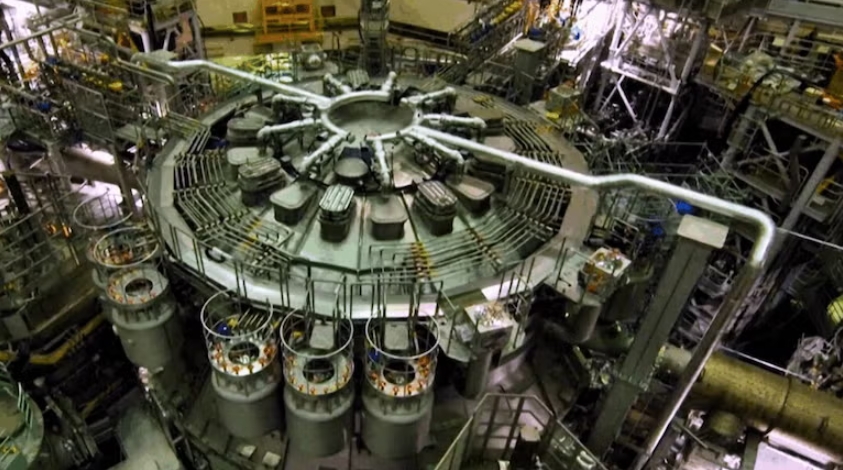
The technology builds on declassified U.S. research from the 1960s, when the Molten Salt Reactor Experiment at Oak Ridge National Laboratory operated from 1965 to 1969. Xu noted: “The US left its research publicly available, waiting for the right successor. We were that successor.” The SINAP team, which grew from a few dozen to over 400 members, began constructing the reactor in 2018 after reviving the technology in 2011.
The reactor uses molten fluoride salts to dissolve thorium fuel, serving as both coolant and fissile material carrier. Operating at temperatures above 700°C, it avoids high pressures typical of traditional reactors. Thorium-232, converted to uranium-233, supports a nuclear fuel cycle with reduced long-lived waste and lower proliferation risks, producing minimal plutonium-239. Xu highlighted: “We mastered every technique in the literature – then pushed further.”
Thorium, three to four times more abundant than uranium, offers advantages for energy production. The reactor’s passive safety features include a frozen salt plug that melts during overheating, allowing molten salt to drain into a cooling chamber, preventing meltdowns without external intervention.
The 2 MW reactor serves as a testbed for corrosion-resistant materials like Hastelloy-N, addressing challenges posed by molten salts. Technical hurdles remain, including online chemical processing to manage fission byproducts and the initial need for uranium-235 or plutonium-239 to start the reaction until uranium-233 is produced. Waste, though less long-lived, requires careful handling, with plans for underground storage in the Gobi Desert.
A larger 10 MWe demonstration reactor near Wuwei, Gansu Province, is under construction for completion by 2030. It will generate 60 MW of thermal energy for electricity and hydrogen production, supporting renewable energy goals. The technology also holds potential for thermochemical hydrogen production and powering ships, reducing maritime emissions.
Despite progress, challenges like material durability and complex waste management persist. Xu emphasized: “The United States left their findings open to the world. We have been that successor,” underscoring the team’s role in advancing global nuclear innovation.